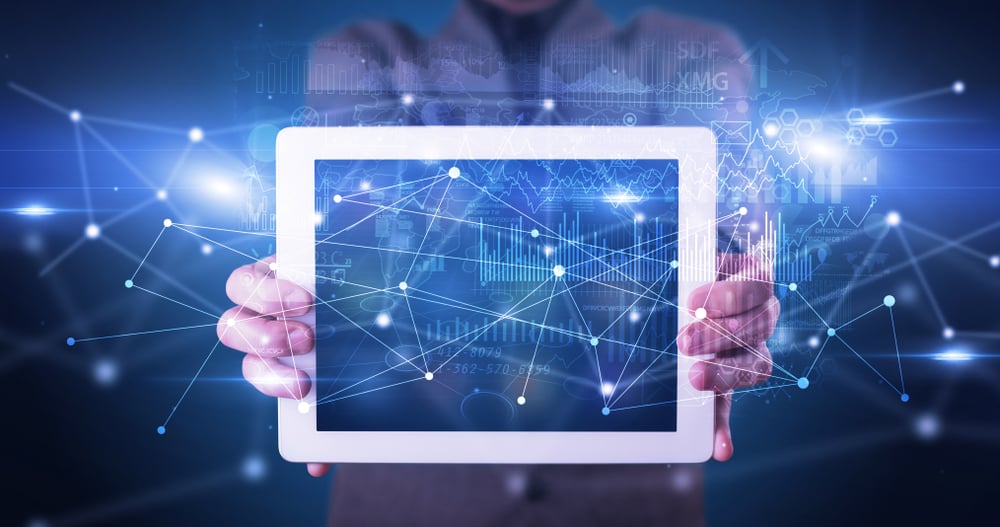With visionOS 2, Apple’s Vision Pro comes into focus
Photo: Nilay PatelApple rolled out updates to all of its major operating systems this week, and the Vision Pro was no exception. With visionOS 2, the company has a chance to show the relative few who bought its spendy...
/cdn.vox-cdn.com/uploads/chorus_asset/file/24704602/DSC_0909.jpg)
Apple rolled out updates to all of its major operating systems this week, and the Vision Pro was no exception. With visionOS 2, the company has a chance to show the relative few who bought its spendy headset — and those who might yet — that it’s still committed to the new platform.
After a few months of using it in beta, visionOS 2 isn’t a dramatic change — it’s more like a smoothed-out version of the software the headset launched with. The addition of things like new gestures, better device support, and a couple of splashy features has removed a lot of the friction of using the Vision Pro and should give people who own it a reason to dust it off and take it for another spin.
Improving the basics
Let’s start with updates that really ought to have been in visionOS on day one. Apple has added Bluetooth mouse support and the ability to rearrange apps on the homescreen, which were strictly laid out in alphabetical order before. You can also pull the iPad and iPhone apps out of the folder they default to and put them with your Vision Pro-native apps — hooray! I’d really like to be able to create new folders because, once you get over three pages of apps, finding one can be cumbersome, especially if you don’t remember its name. Oh well, maybe next time.
GIF: visionOS 2 hand gestures
Getting around the operating system is easier now thanks to new gesture controls that let you summon the homescreen by tapping your fingers together after a circle appears when you look at your palm. Flip your hand over like you’re looking at your watch, and the circle morphs into a pill-shaped status bar showing the time, battery level, and volume level. Tap the status bar to get to Control Center or tap and hold to adjust the volume.
Compared to the old way of looking up to tap on a small circle to bring control widgets down, the new gestures feel more natural and, importantly, more fun. (Months later, I still have to resist the dramatic urge to do an unnecessary hand flourish and say “magic!” when I’m bringing up the homescreen.) Apple also added the ability to navigate using a paired Bluetooth controller, such as the Nintendo Joy-Cons.
Working with what you’ve got
Doing work with the Vision Pro is a lot better now thanks to the addition of mouse support and a new Keyboard Awareness feature that lets your keyboard punch through the virtual environment, either persistently or when you bring your hands near it. There’s no more fumbling for the home row! Unfortunately, Apple only names its own keyboards when describing the feature — it works with my mechanical keyboard but not reliably so.
The one big missing piece for people who want to use their Vision Pro for work is the curved ultrawide virtual display that Apple announced at WWDC. Apple says that’s coming later this year.
The fun stuff
Outside of productivity features, Apple has introduced some fun new features and improvements, such as the ability to convert photos into 3D spatial pictures. It’s a lot like retroactively adding portrait mode on the iPhone, and it can be impressive in the way it adds a new emotional... dimension (sorry!) to old family pictures.
But these generated spatial images also suffer from some of the same drawbacks as that retroactive portrait mode. The conversion can do weird things with hair and edges, and if someone in a photo is wearing glasses, the 3D effect hilariously breaks down, making them look like they’re wearing gag glasses with fake eyeballs pasted on the front of the lenses. I tried to capture this in screenshots, but you have to see the phenomenon in 3D for it to be obvious.
Another plus: you can now save one guest user’s hand and eye data so they don’t have to set it up again. I won’t say it’s not a welcome tweak, but it doesn’t go far enough. I’d really like to be able to permanently save multiple people. Let me share my expensive headset! We can’t afford another one!
GIF: Safari in visionOS 2
Watching video content in Safari is a little nicer in visionOS 2. Now, when you tap the full-screen button, the webpage and browser disappear, leaving you with a floating video view that behaves a lot like it would in any other video app. Most of the time, that includes being able to switch it to immersive mode, transforming it into a gigantic movie screen that floats above the environment you’re in, casting light on the ground or water below. It helps to take the sting out of the continued lack of a native YouTube or Netflix app, although I still like to use third-party apps like Juno and Supercut for those services.
In addition, Safari now supports WebXR by default in visionOS 2, so you can take advantage of web-based VR and AR games and experiences. So far, the games I’ve tried using this on are either very bad or don’t work with the Vision Pro’s gestures, but I’d love to hear some recommendations. (Verge readers, assemble!)
Time to buy?
As nice as these changes are, I’m not sure that visionOS 2 will turn the ship around for Vision Pro sales, which a July analysis suggested won’t break 500,000 for the year. And that’s not surprising. People are still hesitant about VR for reasons like comfort and price. Maybe Apple’s rumored cheap headset could change things in a couple of years.
Even if you can afford the $3,499 Vision Pro, the visionOS 2 update doesn’t fix everything Nilay Patel brought up in his Verge review, like its narrow field of view and the loneliness of using it. But it’s a step in the right direction, and it shows that Apple hasn’t given up on the Vision Pro.

 AbJimroe
AbJimroe 






























